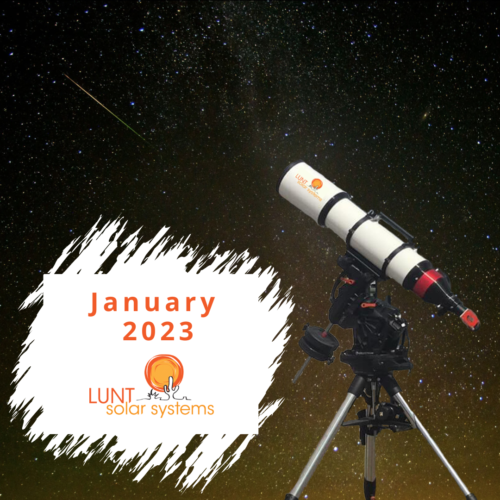
Kicking off our New Year is the Quadrantids Meteor Shower. This is the final shower until April, so you’ll want to get in some good sky watching time. The Quadrantids is an above average shower, with up to 40 meteors per hour at its peak. Enjoy this shower’s peak on the 3rd and 4th, but note that the nearly full moon will block out all but the brightest meteors. Be patient though as you may still be able to catch some good ones. Best viewing is in a dark sky location after midnight. Look for meteors radiating from the constellation Bootes, but as we know they can appear anywhere in the sky.
The Full Moon will appear for us on January 6th. This moon has been known as the Wolf Moon, The Old Moon and the Moon after Yule. It’s also a micro moon! How is that different from a super moon? You’ll have to read all about it to find out! Don’t miss out! Check the Moon calculator for the exact time of this Full Moon’s arrival in your area.
With no moonlight to interfere, the night of the New Moon January 21st will be the best night to view faint objects such as star clusters and galaxies.
January 30th will be the best time to view Mercury as it will be at it’s Greatest Western Elongation 25 degrees from the sun. It will be at its highest point above the horizon in the morning sky. Look for the planet just above the eastern sky just before sunrise.
The night sky might be quieting down, but the Sun is gearing up. Time to get out your Lunt Solar Telescope or your Lunt Universal All in One Day or Night Scope in day mode and see what changes the Sun is up to.